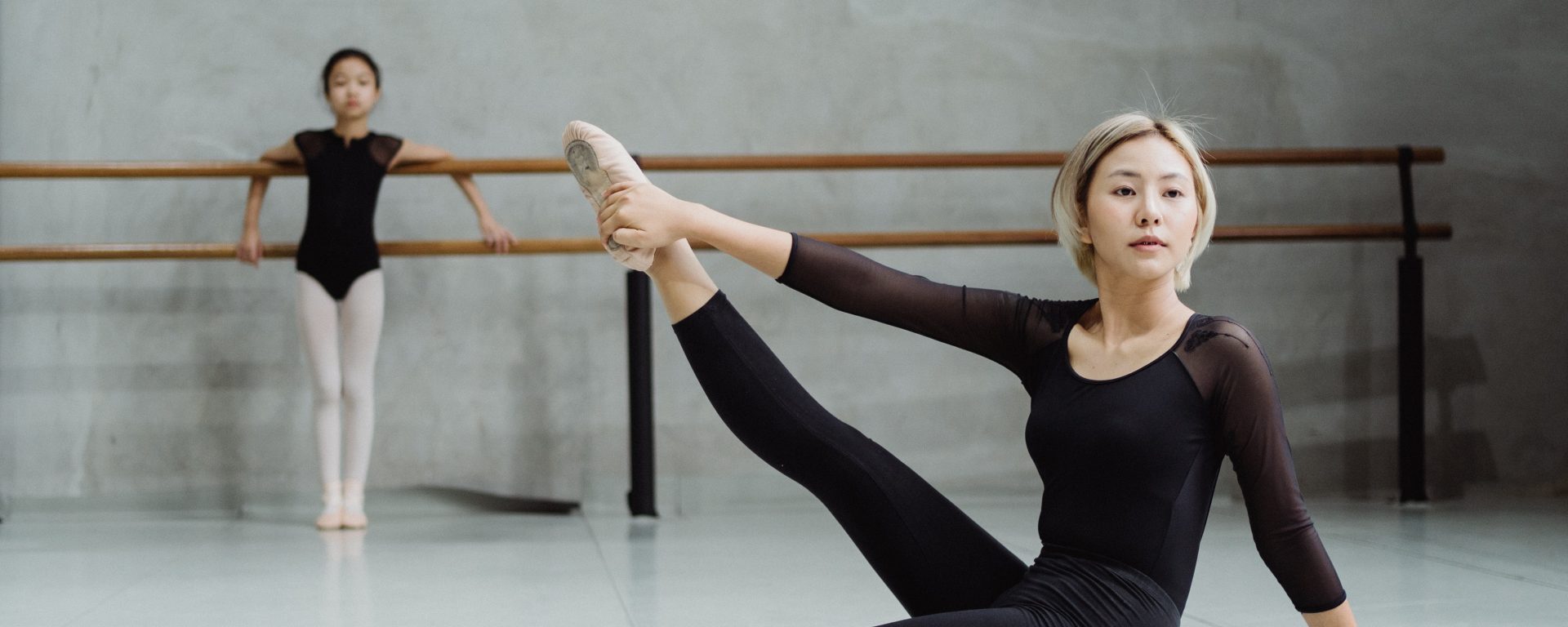Flexibility is a key component of physical fitness, and achieving optimal hamstring flexibility is essential for various athletic activities and overall well-being. In 2010, a study led by Roberto Meroni and his team aimed to compare the effects of active and passive stretching techniques on hamstring flexibility. The study sought to determine which technique resulted in greater gains in flexibility and whether these gains were maintained over time.
This randomized controlled trial involved 65 healthy volunteers who completed an enrollment questionnaire. Of these, 33 participants completed at least 75% of the prescribed stretching program over a 6-week period. After the training phase, 22 participants were reassessed four weeks later to evaluate the maintenance of flexibility gains.
The participants were divided into two groups: Group 1 performed active stretching exercises, while Group 2 engaged in passive stretching exercises.
After three weeks of training, Group 1, which performed active stretching, showed a mean gain of 5.7 degrees in the active knee extension range of motion (AKER) test. In contrast, Group 2, the passive stretching group, exhibited a mean gain of 3 degrees (P = .015). This initial difference in favor of active stretching was statistically significant.
Following six weeks of training, the gap between the groups persisted. Group 1 demonstrated a mean gain of 8.7 degrees, whereas Group 2 achieved a mean gain of 5.3 degrees (P = .006).
Maintenance of gains was assessed four weeks after the cessation of training. Group 1 maintained a substantial gain of 6.3 degrees in ROM, while Group 2 exhibited minimal change with a maintained gain of only 0.1 degrees (P = .003). This indicates that active stretching was more effective at preserving flexibility gains compared to passive stretching.
In conclusion, this study suggests that active stretching is superior to passive stretching for improving hamstring flexibility. Not only did active stretching result in greater initial gains, but these gains were also better maintained over time. Furthermore, active stretching was found to be more time-efficient and required lower compliance from participants compared to passive stretching.
These findings have practical implications for individuals looking to enhance their hamstring flexibility, particularly athletes and those engaged in regular physical activity. Incorporating active stretching into their routine may provide a more effective and sustainable means of improving and maintaining hamstring flexibility.
Reference: Meroni, R., Cerri, C. G., Lanzarini, C., Barindelli, G., Della Morte, G., Gessaga, V., & De Vito, G. (2010). Comparison of active stretching technique and static stretching technique on hamstring flexibility. Clinical journal of sport medicine, 20(1), 8-14.
